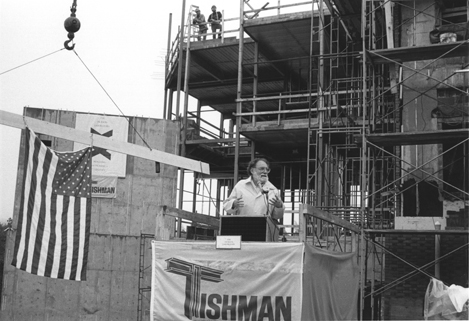
Faculty Research 1990 - 1999
Early transplantation to a normal microenvironment prevents the development of Steel hematopoietic stem cell defects.
Document Type
Article
Publication Date
1997
Keywords
Bone-Marrow-Transplantation, Female, Hematopoiesis, Hematopoietic-Stem-Cells: cy, Male, Mast-Cells: cy, Mice, Mice-Inbred-C57BL, Mice-Mutant-Strains, Stem-Cell-Factor: ph, SUPPORT-U-S-GOVT-P-H-S, Time-Factors
First Page
542
Last Page
547
JAX Source
Exp Hematol 1997 Jun;25(6):542-7
Grant
DK27726/DK/NIDDK
Abstract
Our previous results showed that hematopoietic stem cells from 16-week-old Sl/Sl(d) mice are not as competitive as congenic +/+ control stem cells. Possible explanations for these findings are that the Steel stem cells are either inherently defective or lose competitive ability by residence in an environment lacking membrane-bound Steel factor. In the present report, any long-term effects of the Steel microenvironment were eradicated by transferring neonatal Sl(d)/Sl(d) marrow and spleen cells into an irradiated but otherwise normal adult hematopoietic microenvironment. Host cells were completely replaced by donor cells within 6 weeks. Eight months after transplantation, the Sl(d)/Sl(d) and similarly treated +/+ littermate control cells from the primary recipient marrow were competed against genetically marked normal cells in an irradiated secondary host. The Steel cells were as competitive as the control cells demonstrating that Steel stem cells are not inherently defective. Results suggest that the stem cells, when retained in the mutant environs into adulthood, are either reduced in number or phenotypically altered by lack of the membrane-bound Steel factor.
Recommended Citation
Barker JE.
Early transplantation to a normal microenvironment prevents the development of Steel hematopoietic stem cell defects. Exp Hematol 1997 Jun;25(6):542-7

